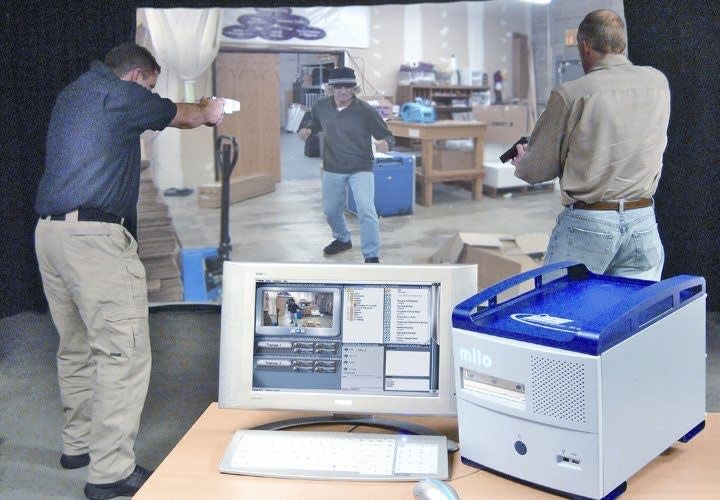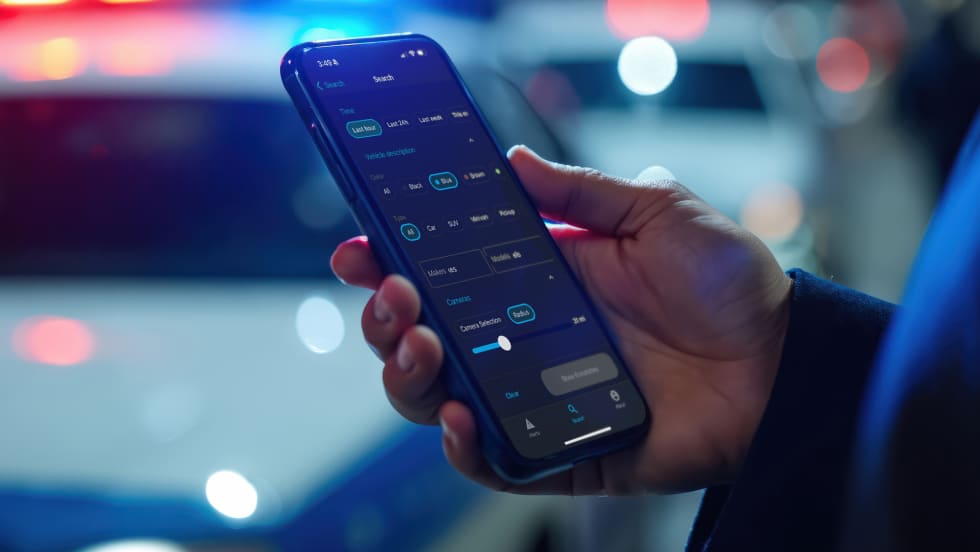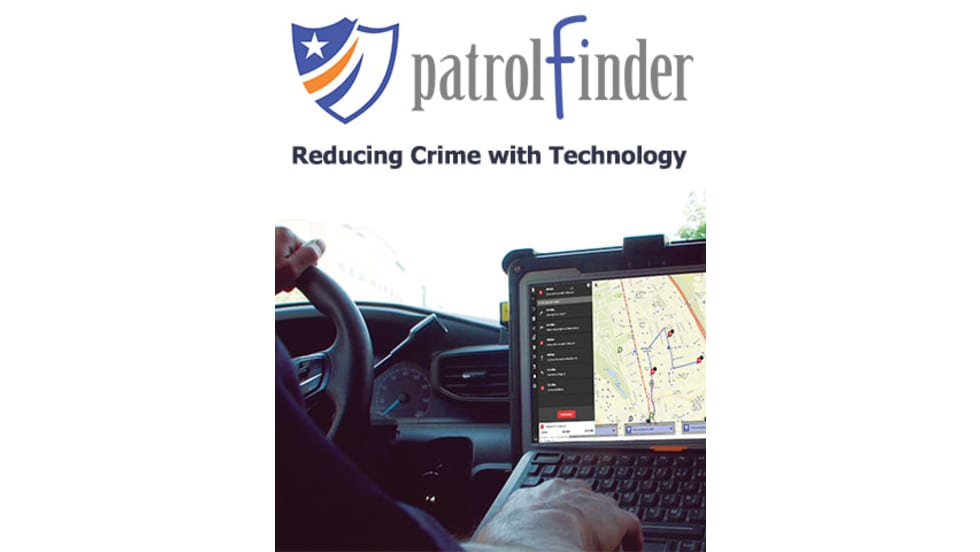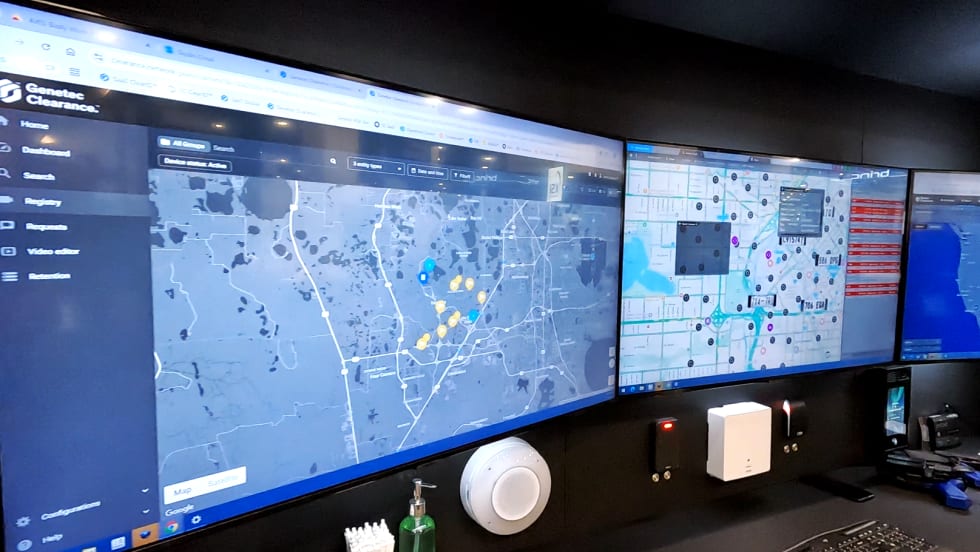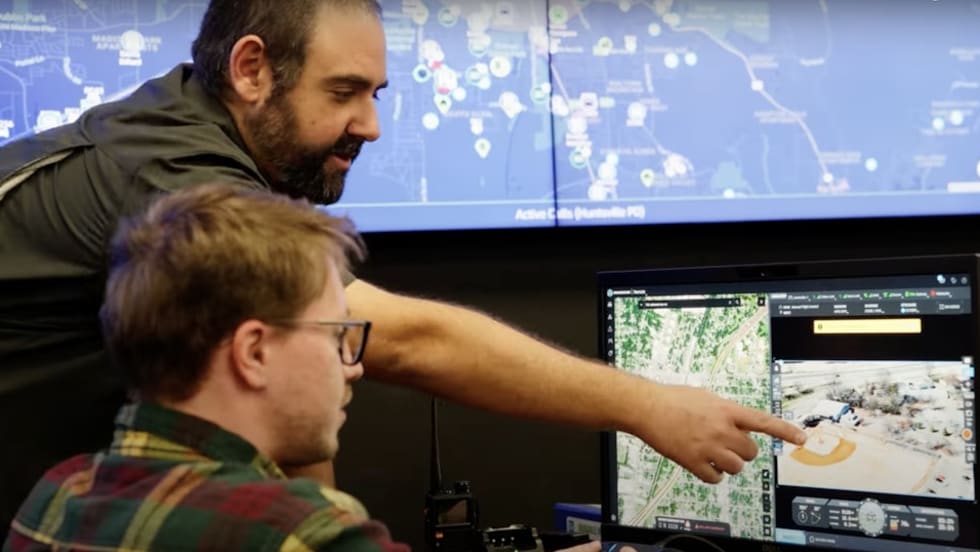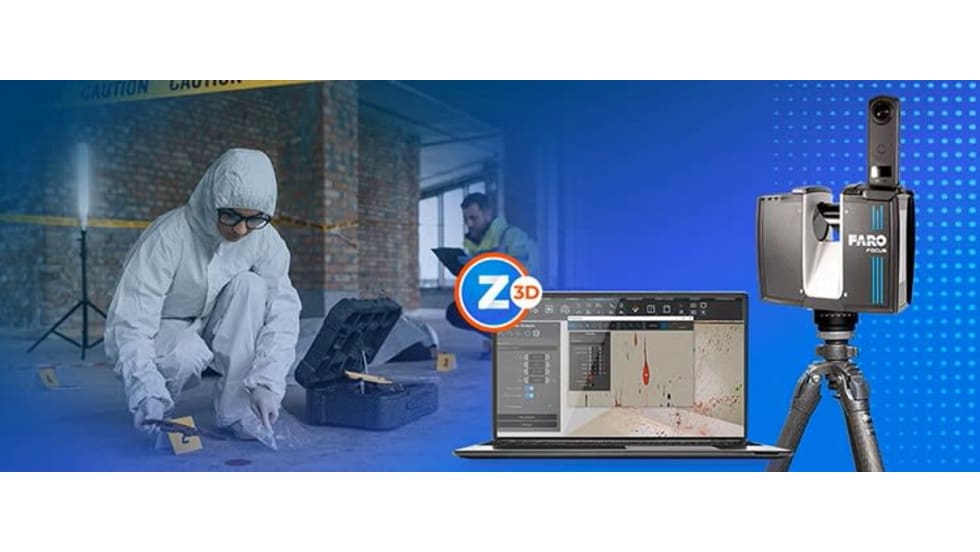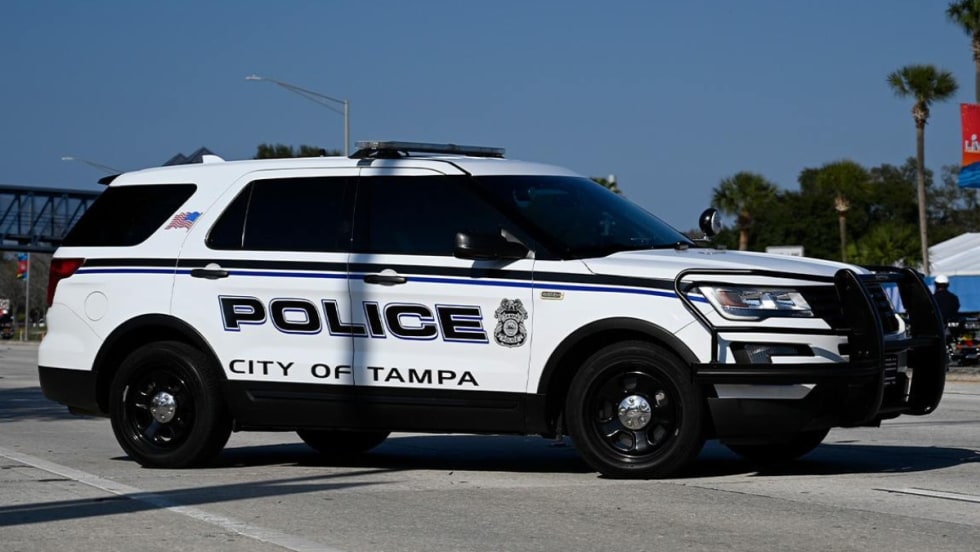The latest sims can be used to teach critical incident management scenarios, courses for admin personnel, and even scenarios for other public safety professionals in your city.
In addition, new technologies will allow simulation systems to be used as presentation and media exchange platforms. They will likely even have functions that will connect with a large variety of database management software. This will allow users to employ the sim as both a training tool and an intelligence tool.
A Little History
The law enforcement training sim has come a very long way.
The modern law enforcement simulator was born about 20-odd years ago when Jody Schecter approached the staff at the Federal Law Enforcement Training Center (FLETC) in Glynco, Ga., with plans for creating a driving simulator for law enforcement. Schecter left that meeting and decided that FLETC needed a computerized firearms training sim more than it needed a driving sim. The result was the Fire-Arms Training System (FATS) produced by the company of the same name.
FATS was first but it wasn’t alone in the market for long. Other companies soon developed computer-based law enforcement training sims. And these became much more sophisticated as computer processing power and computer graphics technology advanced. The result was that simulation training systems evolved from shoot/don’t shoot scenarios into scenarios that required trainees to make a variety of use-of-force decisions.
Still, the one thing that computerized training sims couldn’t do was shoot back. They still can’t, not in any realistic way. But for about seven years now, the Prism system from Advanced Interactive Systems (AIS) has offered an option that forces trainees to take cover during a simulated gunfight. AIS’s Return Fire system shoots small nylon balls at the student during scenarios where the suspect is firing.
The latest innovation in law enforcement sims is the ability of the agency that buys the system to program its own scenarios. For example, IES Interactive Training offers the Range 2000 system, which features the MILO processor that can be easily programmed by the user, and the Range 3000 system with MILO, which can be programmed by the user and also features Advanced Debrief and the A2Z Classroom Trainer with Advanced Trainee Action Capture. The features of these systems give trainers the ability to create interactive environments for teaching officers a variety of tactical skills.
[PAGEBREAK]
And now simulator manufacturers are breaking out even more advanced computerized training systems.
One of the most intriguing current simulator technologies is Laser Shot’s Livefire Simulation Trainer, a system that allows officers to use their real sidearms and live ammunition in sim scenario training. The Livefire Simulation Trainer is a combination of hardware and software that allows the operator to project simulator scenarios onto a special rubber screen. The screen is self-sealing and can absorb thousands of rounds of live fire. Special cameras detect the heat of bullets passing through the screen and determine if the shooter has successfully neutralized the threat presented in the scenario. The Livefire Simulation Trainer can be used on any indoor range.
Another advance in law enforcement training sims is the integration of driving sims with shooting sims. At the recent International Chiefs of Police conference in Miami Beach, AIS PRISim and L-3 Communications showed a joint effort to make training sims more like the job.
The AIS PRISim and L-3 MPRI systems allow officers to effectively experience an entire simulated call by seamlessly combining Advanced Interactive Systems’ judgment simulator and AirMunition recoil products with L-3’s PatrolSim IV driving simulator.
An officer can enter a fully functional cab, respond to road hazards, respond to dispatch, proceed to the scene of a call, and successfully arrive outside. He or she can then immediately segue into responding to the same call, utilizing a full range of force options to attempt to control the situation. The same system then debriefs the officer.
Perhaps the law enforcement firearms simulator that comes closest to a completely immersive training environment is the IVR-360 HD system from VirTra. The 360 is significant. The IVR-360 is a floor to ceiling 360-degree environment. Its six screens surround the officer and allow the instructors to introduce threats from all directions, including from behind.
The Future of Sims
The first thing we will likely see in the next generation of sims is the ability to train multiple students with multiple devices.
Currently, limitations in detection technology usually allow for a maximum of four untethered devices. In the near future, sims will be able to track as many as 16 untethered devices. Each device will be definable by the operator, and it will track the performance of the student to which it was assigned.
For example, you could have 16 shooters at once, and the computer will track who fired each shot and where that shot impacted. Or you could have eight shooters armed with firearms and their own OC spray. Or you could have four shooters, each with a handgun, OC spray, a Taser, and a long gun. Oh, and it should be noted that the 16-device limit does not include flashlights, so each student could use a light for simulated low light operations.
The point here is that the manufacturers and the police trainers who create scenarios for their devices are designing simulators and scenarios that are rapidly yielding accurate simulations of actual law enforcement operations.
Such advances are truly impressive. But the real improvements in future simulation systems will be in how they can be modified to meet the needs of the trainer.
In the near future, presentation software will allow users to operate their simulation systems as virtual white boards. Notes and drawings, even handwritten notes and drawings, will immediately be projected downrange. A camera at the podium will be used to photograph and project any item. The trainer will also be able to control the information being presented, and make the changes needed for his or her own objectives.
Instructors will also be able to immediately poll an audience with questions. This will be especially useful when combined with classroom training software that can be used with a predesigned course of instruction that either the instructor or other companies have produced.
Which brings us to a discussion of perhaps the most exciting advantage of the next generation of law enforcement training sims. These devices will soon be able to capture and preserve the quality of the training sessions presented by your agency’s best trainers. That means that long after Sgt. John Smith, your best use-of-force trainer, has retired new cops will still be able to benefit from his wisdom and experience.
Finally, in the near future, portable simulators will not only be used in police training. They will also be employed in courtrooms to explain police operations to juries.
The versatility of future sim technology is only limited by the imagination of the manufacturers and the designers. Sims will be used as presentation platforms for attorneys, as investigative tools by review boards, for presentations by PIOs to the media, and as pre-op planning and training tools by tactical teams.
Note: This article was written with the aid of veteran officer and trainer Todd R. Brown.
Dave Young is the Director of Specialized Programs for the Tactical Training Division of Fox Valley Technical College Tactical Training Division and the Director of Training for RedMan Training Gear. He is a 20-year veteran of both civilian and military law enforcement and a member of the Police Advisory Board.
TRAINING SIMULATOR RESOURCES
Advanced Interactive Systems (AIS)
www.ais-sim.com
FATS
www.fatsinc.com
IES Electronics Industries
www.ies-usa.com
L-3 Communications
www.l-3com.com
Laser Shot
www.lasershot.com
VirTra Systems
www.virtrasystems.com



